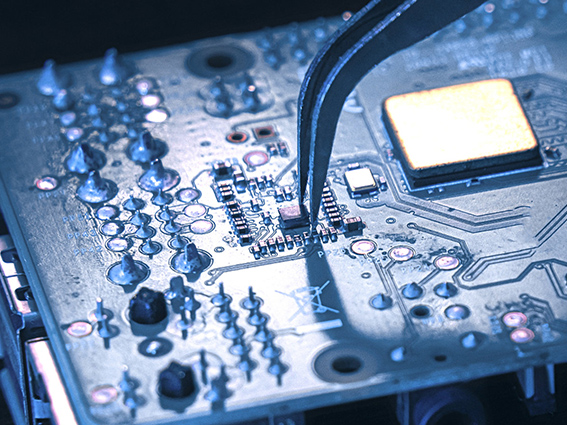The electronic industry is an industry that develops and produces electronic equipment, various electronic components, devices, instruments, and meters. It is a military civilian integrated industry. The production industry consists of broadcasting and television equipment, communication and navigation equipment, radar equipment, electronic computers, electronic components, electronic instruments and other electronic specialized equipment.
Electronic industrial products have entered various fields of the national economy and people's living standards. Knowledge, technology, and capital intensive; High product added value and good economic benefits; Has broken through the scope of manufacturing and formed emerging industries such as software, services, and information; Many countries prioritize the development of the electronics industry as a leading industry.
Product features:
1. The product belongs to knowledge and technology intensive products with high technological content.
2. Generally, it is produced on automated production lines, with a high level of automation production.
3. The variety and model of product components are complex, and both self-made and outsourced are emphasized.
4. The product competition is fierce, with rapid upgrades and large investment in product research and development.
5. The product emphasizes energy conservation, environmental protection, and alignment with international standards.

Industrial products: Production results created by industrial enterprise production activities that are in line with the original production purpose and purpose. According to the form of production activity results, it can be divided into material products and industrial operations. In material products, they can be divided into finished products, semi-finished products, and work in progress according to their degree of completion. Mainly including the following types:
(1) Materials and components
Materials and components refer to those items that are fully involved in the production process and whose value is fully transferred to the final product. They can also be divided into two categories: raw materials, semi-finished products, and components.
(2) Capital projects
Capital projects refer to items that assist production and do not actually form the final product. The value is partially transferred to the final product through depreciation and amortization, including equipment and ancillary equipment.
(3) Supplies and Services
Supplies and services refer to the type of goods that are not final products, have lower value, and consume faster.
